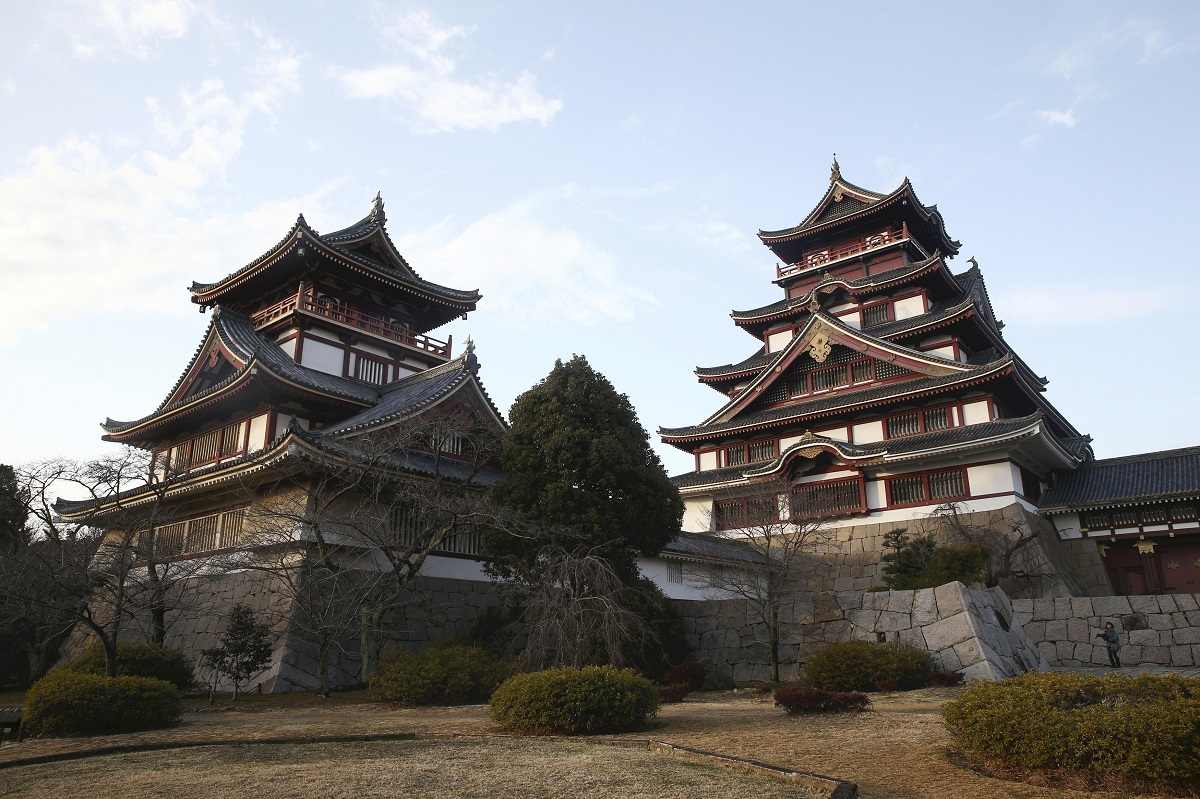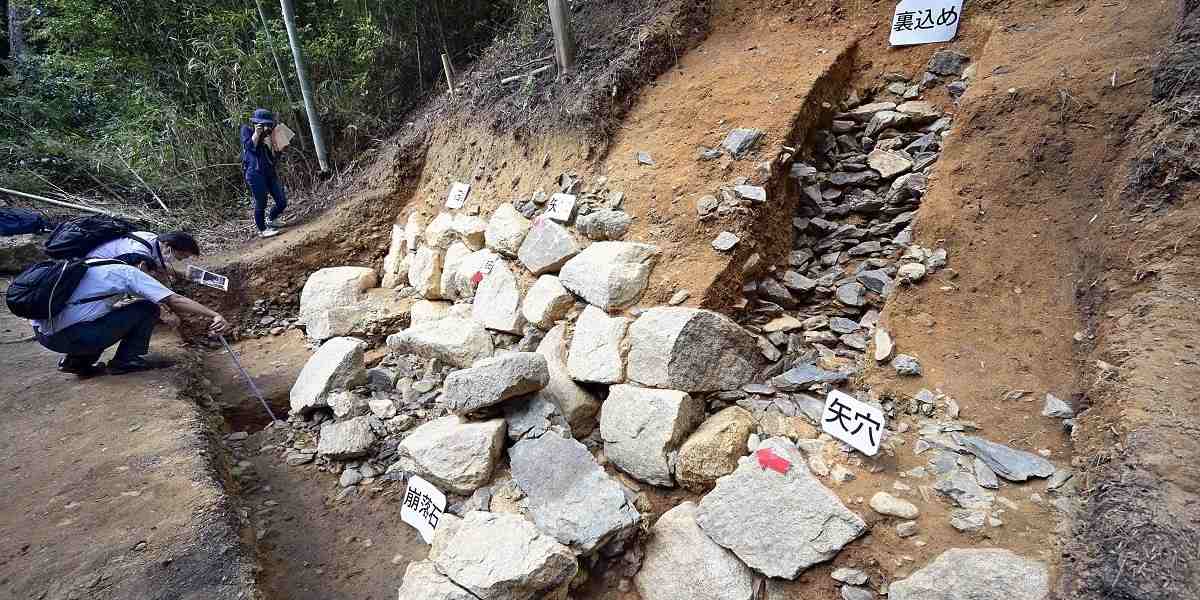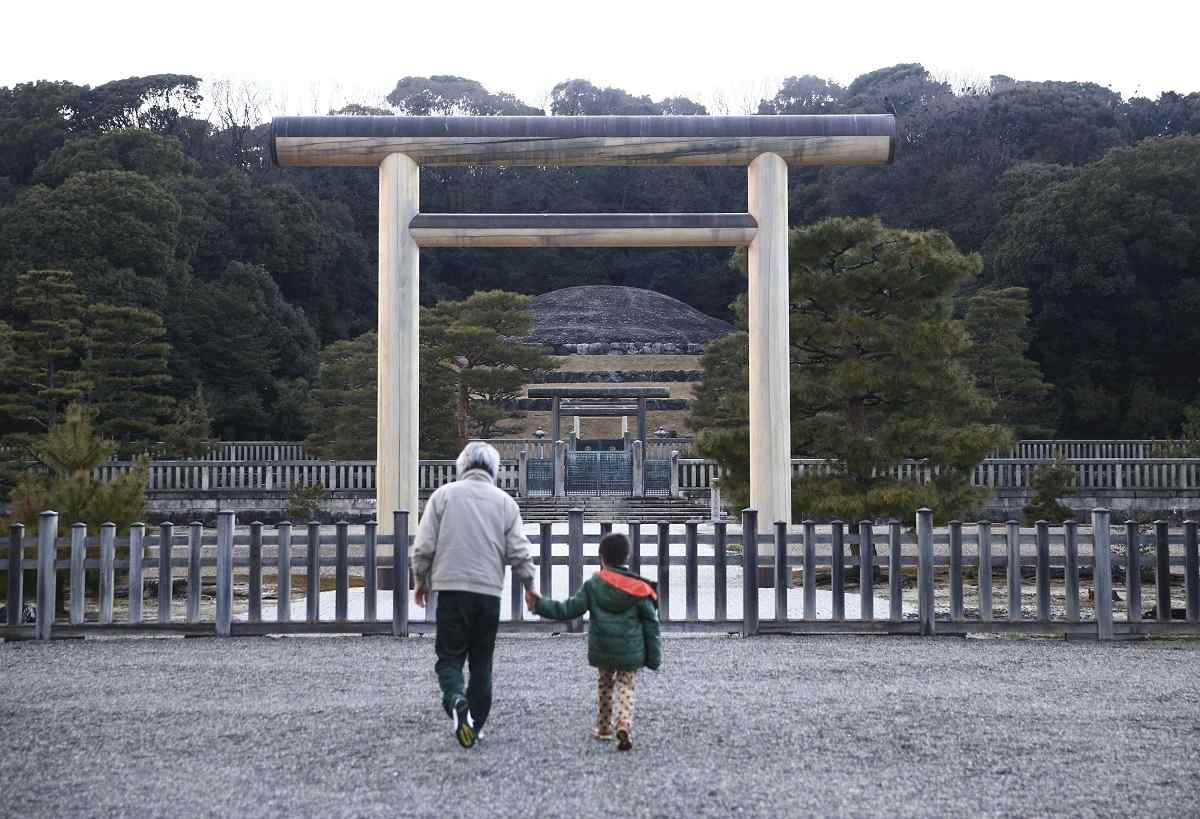(ANN/THE YOMIURI SHIMBUN) – Nestled in Fushimi Ward, Kyoto, Fushimi Castle stands as a testament to the legacy of Toyotomi Hideyoshi (1537-1598) and Tokugawa Ieyasu (1543-1616).
As pivotal figures in late 16th and early 17th-century Japan, their governance from this historic site shaped the nation’s history.
In 1592, Toyotomi Hideyoshi commissioned the construction of Fushimi Castle, intending it to serve as his retirement residence. He appointed his nephew, Toyotomi Hidetsugu, as his heir and granted him the prestigious title of kanpaku, the highest position in the regime.
Additionally, Hidetsugu inherited Jurakudai Castle in present-day Kamigyo Ward, Kyoto, which functioned as the administrative hub during Hideyoshi’s rule. (The fate of Jurakudai will be revealed later in this article.)

Three years later, however, Hidetsugu was suspected of plotting treason. He left Jurakudai and went to Fushimi Castle, only to be denied a meeting with his uncle. Hidetsugu then travelled to a temple in the Koyasan highland in the Kii mountains of Wakayama Prefecture, where he killed himself without waiting for Hideyoshi’s instructions.
It may seem odd that Hideyoshi, who had already retired, had more power than Hidetsugu, but this is something that often happens in the history of Japanese politics.
Hidetsugu’s suicide was a rebuke to Hideyoshi and significantly weakened the Toyotomi regime. Enraged, Hideyoshi destroyed Jurakudai. From then on, Fushimi Castle became the most prestigious official residence of the Toyotomi regime.
Today, Osaka Castle is often regarded by Japanese people as the most important castle of the Toyotomi family, but it was treated as a private residence back then.

After Hideyoshi died of an illness at Fushimi Castle, Tokugawa Ieyasu became the most powerful man in Japan. He also became the lord of the Fushimi Castle, where he dealt with political matters. Hideyoshi’s son, Hideyori, was expected to become the kanpaku lord in the future, but the child was too young for the job and moved to Osaka Castle.
“It was [Tokugawa] Ieyasu who made the most of Fushimi Castle’s functions and images as an official residence of a monarch,” said castle archaeologist Yoshihiro Senda.
Ieyasu received the Emperor’s envoy at the castle to become shogun, the leader of the samurai warrior families. Kanpaku, the title that used to be Hideyoshi’s title, was the leader of the aristocrats. It was extremely unusual for Hideyoshi, a samurai and not an aristocrat, to become kanpaku.
Technically, kanpaku is ranked higher than shogun. But it was often the case that a shogun had more power than a kanpaku, which makes one curious to know why. Tokugawa Ietada, a son and heir of Ieyasu, and subsequently Tokugawa Iemitsu, a grandson of Ieyasu, received the title of shogun at Fushimi Castle.
Going back in time a little, the years ruled by Oda Nobunaga (1534-82) — who led Japan before Hideyoshi — and Hideyoshi, are combined and called the Azuchi-Momoyanma period (1568-1600). Azuchi is the name of the place where Nobunaga’s Azuchi Castle was located. Today it is the town of Azuchi in Oumi-Hachiman, Shiga Prefecture.
Momoyama is also the name of the place where Fushimi Castle was located. But the word is derived from the fact that peach trees were planted on the hill after the Fushimi Castle was demolished immediately after Tokugawa Iemitsu became the third shogun of the Tokugawa shogunate, and the place became known as “Momoyama,” or peach hill.
In short, Tokugawa authorities wanted to get rid of as many things that reminded people of Hideyoshi as possible.

After Fushimi Castle was abandoned, Nijo Castle in what is now Nakagyo Ward, Kyoto, became the official Kyoto residence of the Tokugawa family, who were largely based in Edo, the old name for Tokyo.
What became of Momoyama? After the Edo period (1603-1867), the mausoleum of Emperor Meiji, who ruled Japan after the Tokugawa era, was built on the hill. The Momoyama Goryo mausoleum is located at what used to be the southernmost section of the Fushimi Castle keep.
Emperor Meiji was born in Kyoto and moved to Tokyo, which had been newly renamed from Edo, after the Meiji Restoration. He longed for Kyoto and detested the Tokugawa family but was fond of Hideyoshi so he chose to be buried in Momoyama, where there were memories of Hideyoshi.


